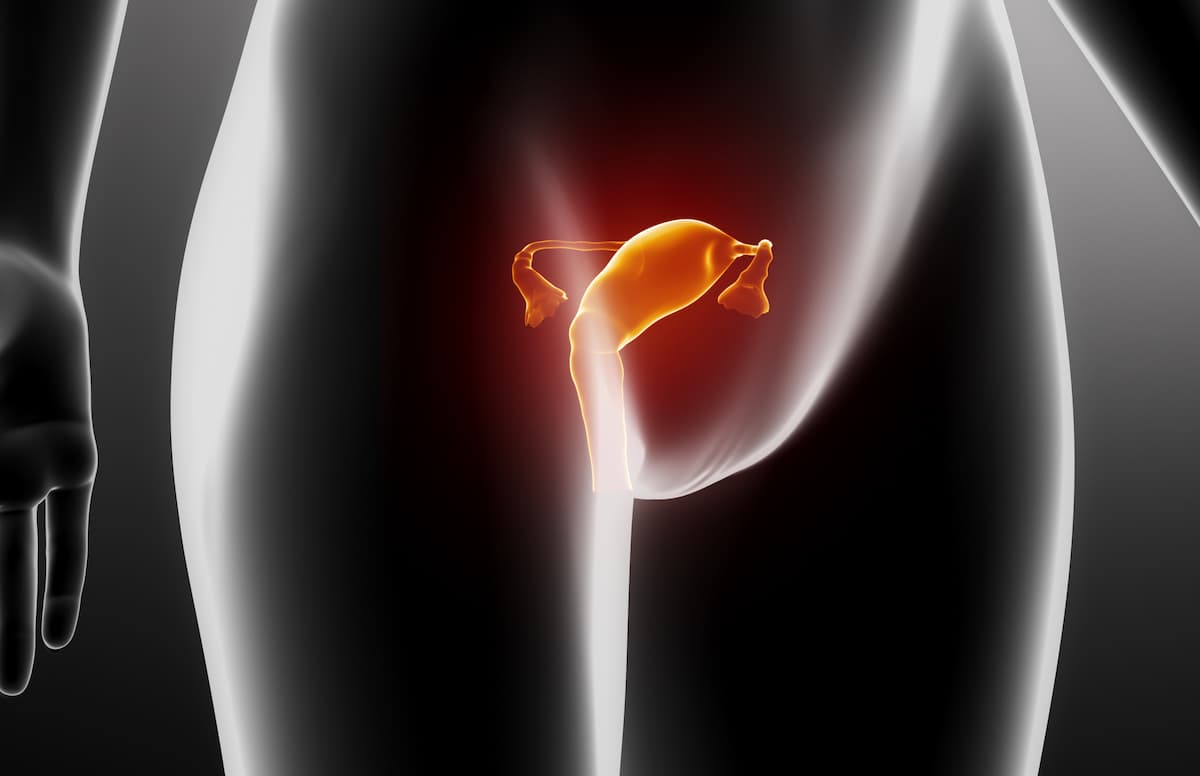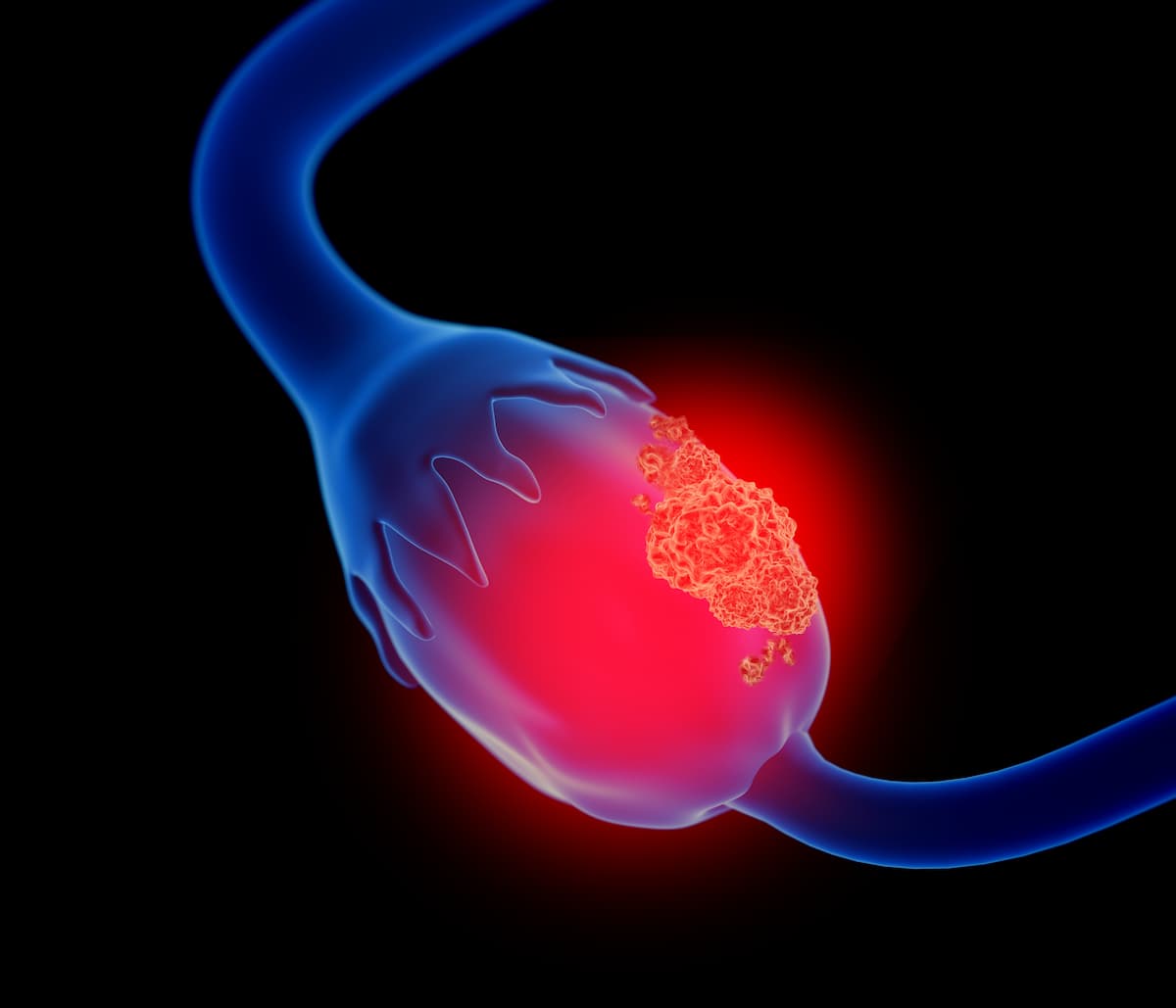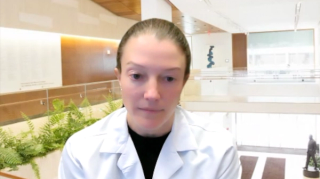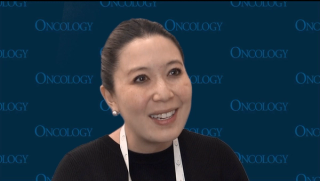
Ovarian Cancer
Latest News
Video Series

Latest Videos
Podcasts
CME Content
More News

Additional research on novel targeted therapies may be necessary to address the unmet needs in this high-grade serous ovarian cancer population.
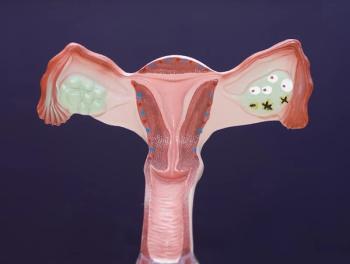
Further studying the biology of minimal residual disease may uncover ovarian cancer vulnerabilities and inform more effective therapies.

Oncologists explore the considerations of mirvetuximab soravtansine treatment in platinum-resistant ovarian cancer, highlighting its efficacy and the management of ocular AEs.

Relacorilant plus nab-paclitaxel led to a median PFS and OS of 6.54 months and 15.97 months, respectively, in patients with platinum-resistant ovarian cancer.

Among 115 patients treated with avutometinib and defactinib, only 5 deaths occurred in the study, none of which were related to study treatment.

Investigators of the OVATION-2 trial assessed IMNN-001, a novel IL-2 gene therapy, in patients with newly diagnosed epithelial ovarian cancer.

Data from the ROSELLA trial may support relacorilant plus nab-paclitaxel as a new standard in this ovarian cancer population.

The median PFS with dostarlimab plus niraparib was 20.6 months vs 19.2 months with niraparib alone in patients with treatment-naive advanced ovarian cancer.

Data from the KEYNOTE-B96 trial also show a significant overall survival improvement with pembrolizumab-based treatment in PD-L1–positive disease.

Findings from the phase 2 RAMP 201 trial support the FDA approval of avutometinib plus defactinib in low-grade serous ovarian cancer.

The regulatory decision may offer more scheduling flexibility for patients who receive thiotepa for breast or ovarian cancer.

The phase 3 ROSELLA trial results assessing relacorilant/nab-paclitaxel in patients with platinum-resistant ovarian cancer will support an upcoming NDA.

The phase 3 ARTISTRY-7 trial has been halted and nemvaleukin is no longer being developed for the treatment of patients with platinum-resistant ovarian cancer.

Future research may explore predictors of interval debulking surgery success and the scope of required surgery in advanced ovarian cancer.

Results from the NIRVANA-R trial found niraparib/bevacizumab maintenance yielded positive activity in pretreated ovarian cancer.

A phase 2 trial found that pembrolizumab plus lenvatinib elicited an overall response rate of 37.5% that consisted entirely of partial responses in high-grade serous PROC.
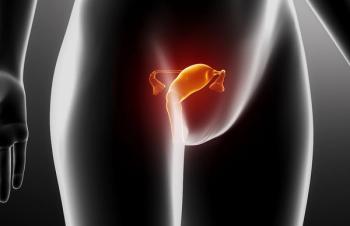
Data show deep responses with rinatabart sesutecan among patients regardless of folate receptor alpha expression level in a phase 1/2 study.

The adverse effect profile of abemaciclib plus hormonal therapy was comparable with prior reports of CDK4/6 inhibitors.

Results from the OVARIO trial found HRQOL maintained with niraparib/bevacizumab maintenance in patients with advanced ovarian cancer.

The REFRαME-O1 trial improved response in patients with FRα–positive platinum-resistant ovarian cancer, including those with low to medium expression when given luveltamab tazevibulin.

Mirvetuximab soravtansine additionally showcased PFS, ORR, and DOR benefits over chemotherapy in FRα-positive platinum-resistant ovarian cancer.

The KEYLYNK-001 trial found improved PFS among patients with advanced ovarian cancer given pembrolizumab/olaparib.

Although there was no statistical significance in survival data, afuresertib/paclitaxel improved PFS vs paclitaxel in patients with the pAKT biomarker.

Next-generation clinical trials may address when to use CDK4/6 inhibition in patients with low-grade serous ovarian cancer.

The NRG-GY019 trial will assess chemotherapy plus letrozole vs letrozole alone as a frontline treatment for patients with low-grade serous ovarian cancer.



